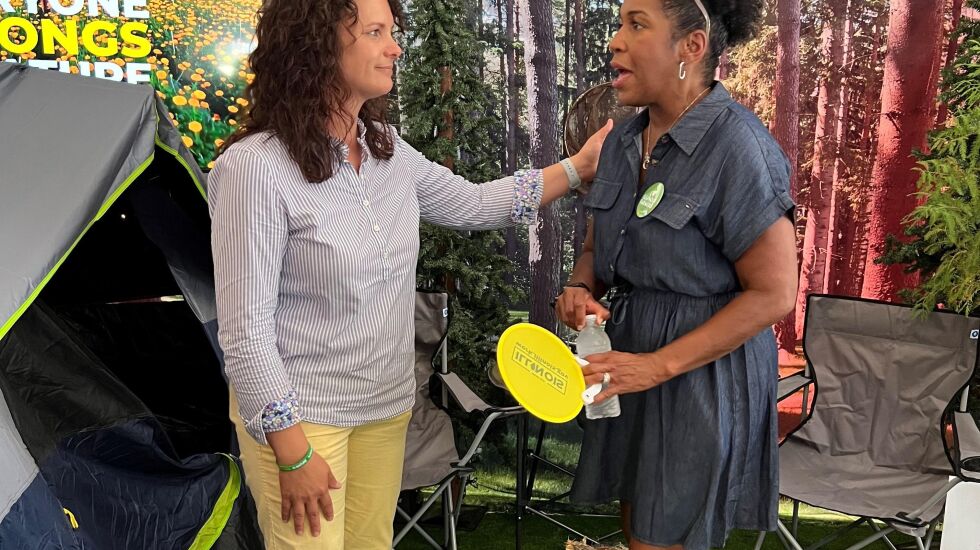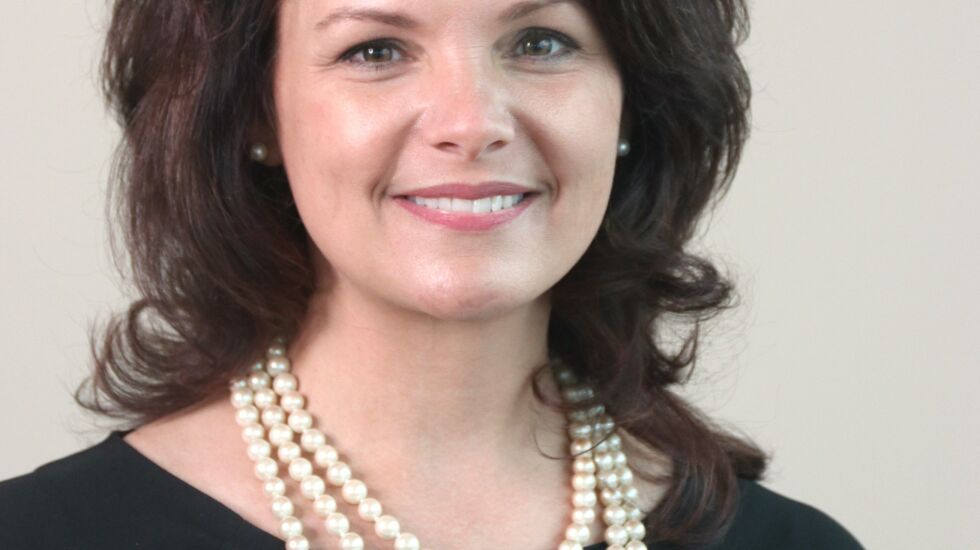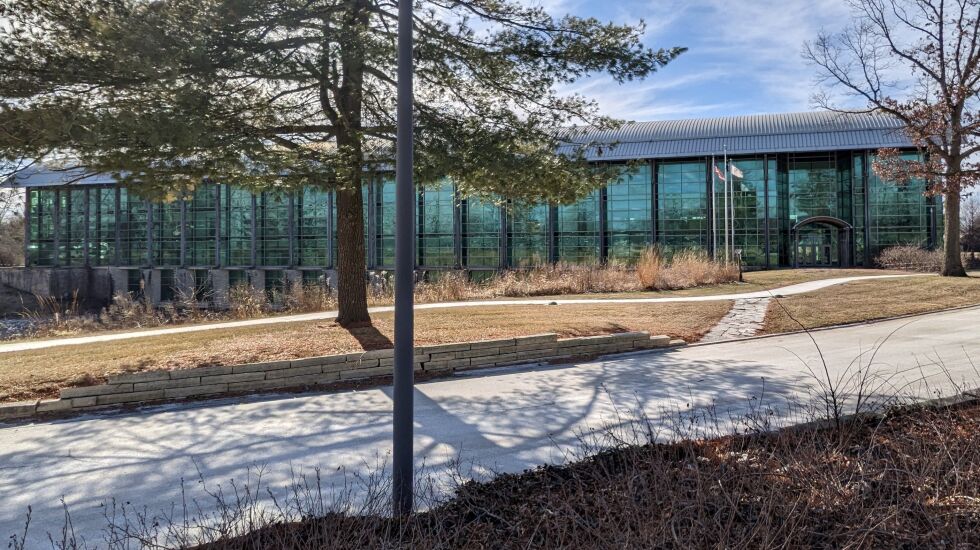
SPRINGFIELD — A framed photograph of her three children centered behind her desk is the lone personal stamp Natalie Phelps Finnie has put on her office so far.
On Jan. 23, Gov. J.B. Pritzker appointed her director of the Illinois Department of Natural Resources. I squeezed in an interview Wednesday. Her appointment is subject to confirmation by the Illinois Senate.
Initially, I was outraged at the appointment, thinking it was a political move to balance state representation. She comes from a well-connected family in southern Illinois. Her father was a legislator and congressman. Her cousin is a legislator.

Phelps Finnie’s background includes being appointed deputy director of the IDNR in August 2021 and serving as a state representative in 2017-19, the first nurse to serve in the General Assembly. She was an advanced practice nurse and a family nurse practitioner.
For many, one sentence in her introduction was jarring: ‘‘As a health care provider, she is uniquely positioned to lead IDNR with her ability to rely on empathy and dissecting questions to get at the heart of problems while bringing people together.’’
Phelps Finnie defended that statement.
‘‘I don’t think there is anything a nurse can’t do,’’ she said. ‘‘We are known for our empathy and known for being at bedside when people are at the worst. Nurses are smart, well-trained and disciplined.’’
As somebody from a family filled with nurses, I will not argue.
An important part of nursing is asking the right question. The same goes for a director. Phelps Finnie recognizes she is surrounded by ‘‘the highest caliber of people, dealing with the best of the best.’’
Another reason for her strength in dealing with people and in nursing is that she had spinal meningitis at 8, was in a coma and nearly died.
‘‘I always was an old soul anyway,’’ said Phelps Finnie, who credits her faith for taking life seriously. ‘‘Got this one life to make a difference.’’
She said she does not expect to return to elected office, but her legislative experience paid off as deputy director. The legislative team reached out to every state legislator to advocate for the IDNR. They met with more than 90.
As director, she said major efforts will continue in rehabbing state parks, where the backlog in maintenance once topped $1 billion. (It is down to $880 million, still far more than can be fixed in four years.)
She hopes, with ‘‘a governor who is getting the state’s fiscal [picture]’’ in order, much work at state sites will continue.
‘‘I think we will have an even better budget this year,’’ she said. (The current budget is the best the IDNR has had in two decades.)
Some ideas floating around she likes include putting the historical sites under the State Museum, so stories can be told accurately and completely; resurrecting a state-tree farm in Union County; designating a state park or two for those with disabilities; and having a ‘‘true urban state park,’’ with indoor and outdoor spaces ‘‘where kids could run and play.’’
As for the outdoors, when she was young, she hunted quail with her dad and his dogs, Freckles and Farley. Her son hunts. She fishes for bass, crappie and catfish. Her family has multiple ponds on its ranch in southern Illinois. She hiked on the Rim Rock National Recreation Trail a couple of weeks ago. She shoots trap with her husband’s grandmother’s 28-gauge shotgun. A 28 is light and relatively rare.
As I packed, she said: ‘‘Nature is a beautiful and wonderful thing, something we’ve taken so for granted. I am honored and humbled to be in this role.’’








